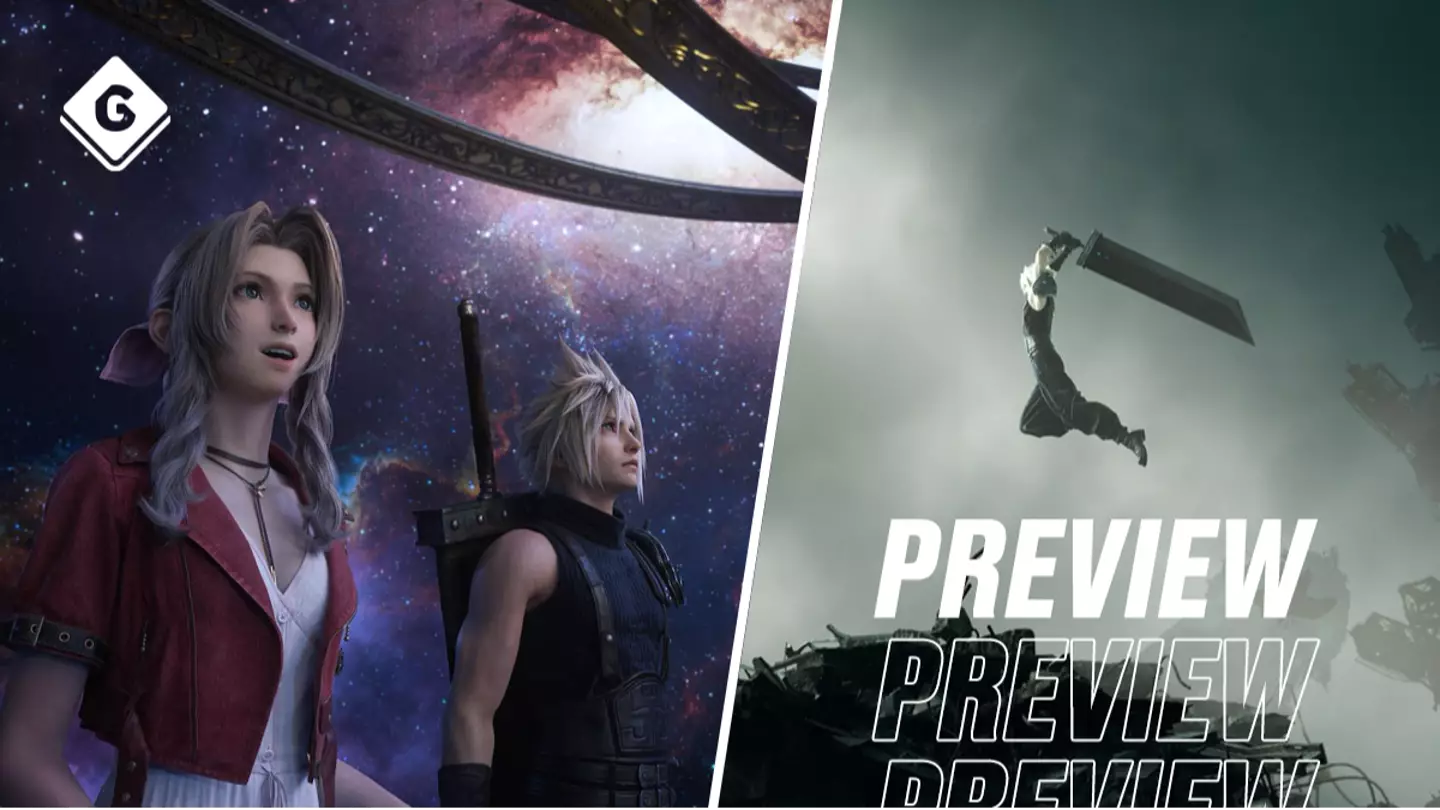
When I originally played Final Fantasy VII Remake, it scratched an itch I’d had since 1997. The PlayStation original was, for a very long time, my favourite game. Yes, it’s a bit cliche nowadays, but many people fell in love with RPGs because of that game and still, many would admit it’s in their top five.
The remake, while it certainly fulfilled so many wants, ended just as the game was getting going. Essentially, while the content of that game and what it reflected from the original release delivered a great story, we all know that Final Fantasy VII truly opened up literally and metaphorically with the exit into the game’s open world.
That’s where Final Fantasy VII Rebirth comes in. The majority of this game will see Cloud and his party of friends travelling through the open world, visiting various cities and towns as they pursue Sephiroth. Getting hands-on with it recently, I got to play through the game’s opening chapter, focusing on moving the story forwards, before reaching chapter two and getting a feel of how the game’s mechanics may have changed.
Advert
Chapter one opens with the party, now including RedXIII, staying inside an inn and discussing Sephiroth and Cloud’s history. What follows is a short series of playable flashbacks that show Cloud venturing out and wanting to “become a hero” on a mission to Nibleheim, his and Tifa’s hometown with Sephiroth overseeing.
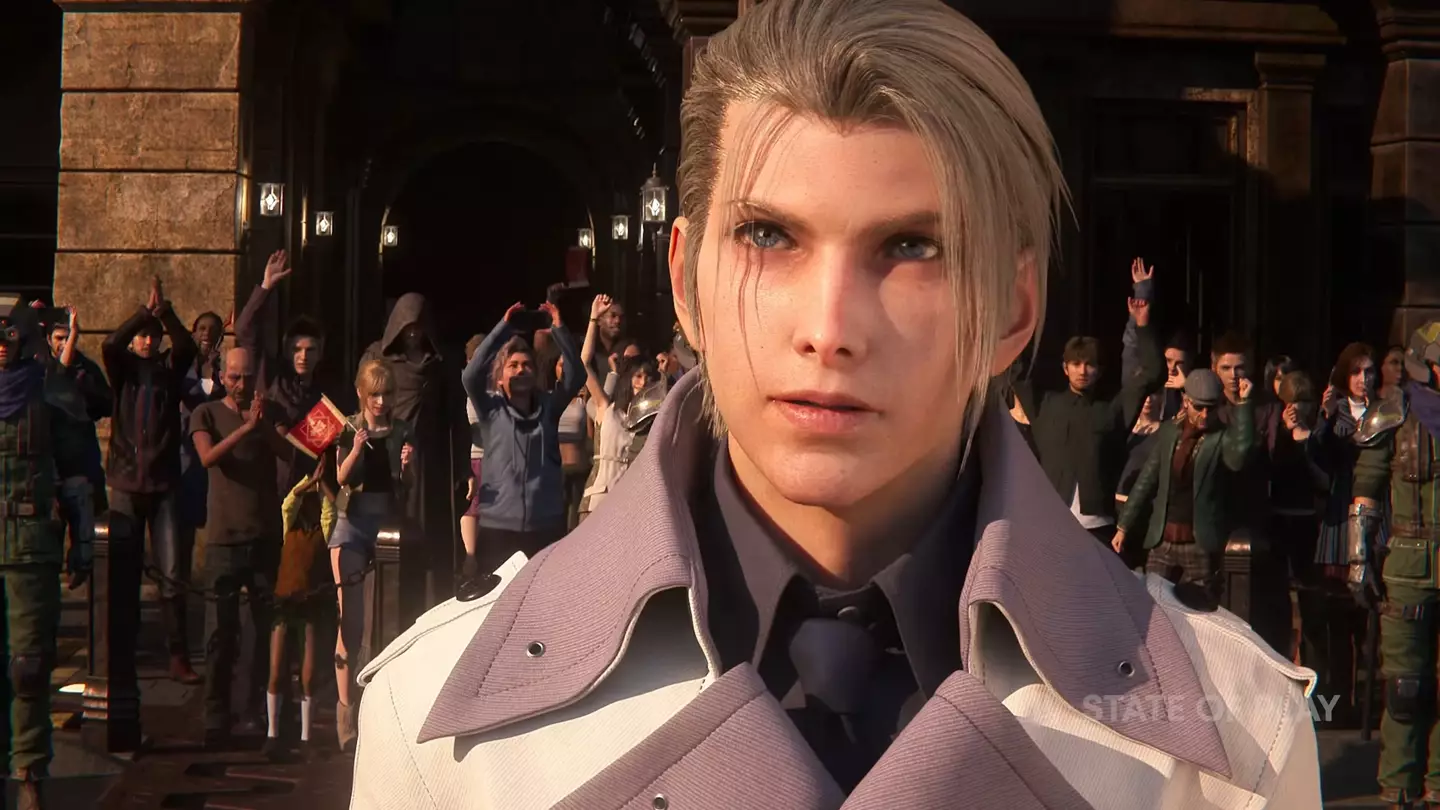
As with Remake, Rebirth is playing with the timeline we know and love, while also dropping in a few new moments, expanding on ideas and lore for the fans. For example, Nibelheim is a mini hub with several options for the story, all of which become reference points for Cloud or Tifa when telling the story in the modern-day. So, if you go and visit Tifa’s house during this prologue, she’ll react in modern-day narration.
At one point, I went into her bedroom and she reacted with shock in a voiceover. When I approached the piano, which is a full piano for players to use, including all notes (a lot like playing the guitar in The Last of Us Part II), she asked why I played it. It’s a nice touch that makes the world feel more lived in.
Advert
Without playing it multiple times, I can’t say for sure how your actions here impact later moments, but in one house we do meet Cloud’s mother and this popped up again towards the end of chapter one, crafting a clever way to deliver narrative punches. Moments in the chapter will have you asking yourself what’s real and what might be fate changing what we know. Square Enix has already manipulated the Final Fantasy VII timeline and this could go even further based on what I saw in the preview.
What transpires in this chapter is an exploration of a nearby reactor, relearning the ropes of battling, and watching through some heartrending story points that many fans will be hanging on to. I’m not going to go any further into what occurs, however fans of our long, grey-haired boy will be pleased to see his character further explored. What I will mention is that during this expedition, you do get to play as Sephiroth throughout several fights, wielding his overly long katana, and fighting back-to-back with a young Cloud. Yes, it’s as thrilling as you would imagine.
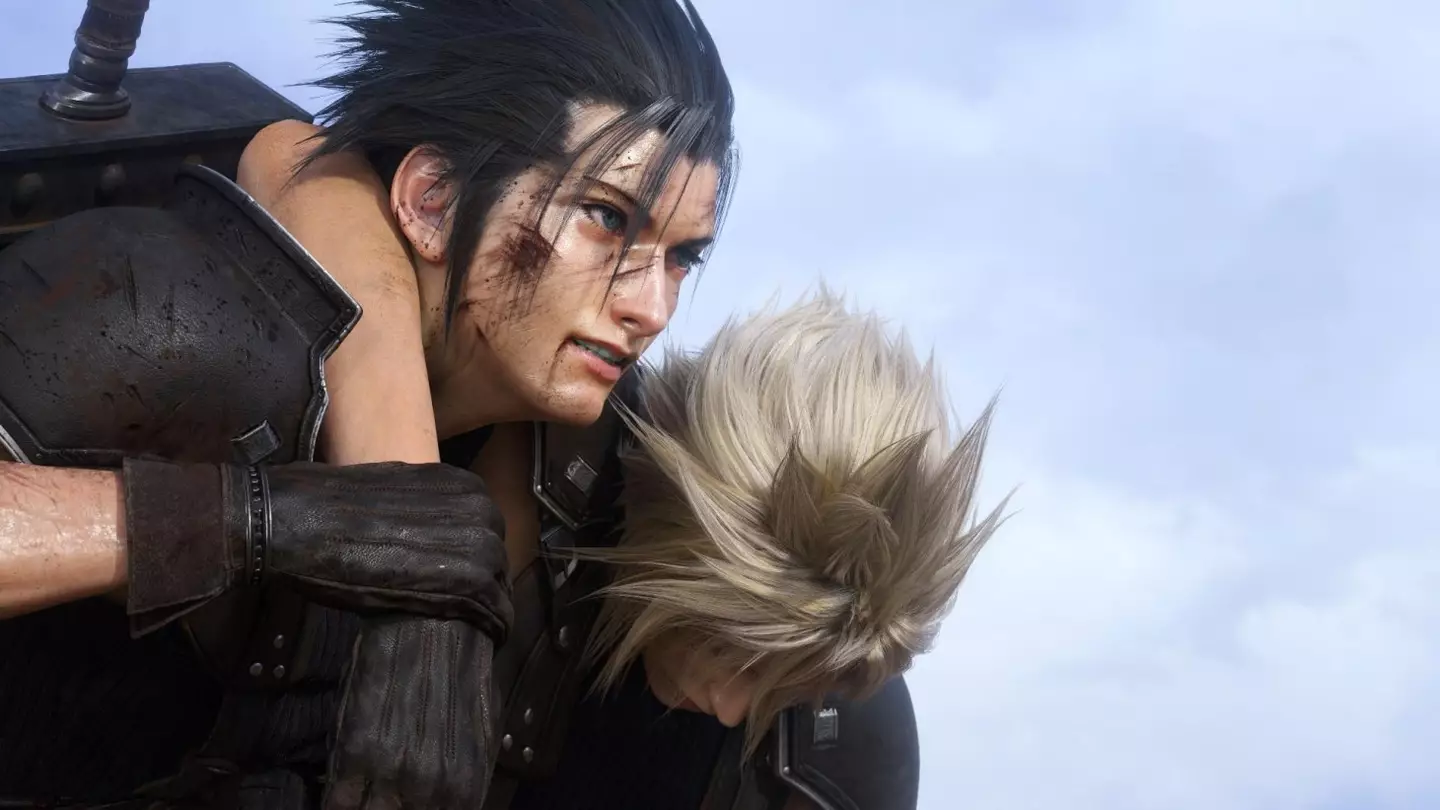
Sephiroth moves with balletic grace, dancing between enemies, sweeping that ludicrous sword in graceful arcs. Where Cloud will follow up with a wide swing of the Buster Sword while holding the attack button, Sephiroth casts a long-range attack making him well-balanced and ready for anything. This action-packed set of sequences is relatively short-lived, at least as far as this preview goes, though we may get more time as Sephiroth throughout the full release.
Advert
Suffice it to say, the camaraderie between Cloud and Sephiroth is delightful, and so is the angst. However, I can’t go too much further into the dynamics and the story beats because I know that those moments are going to make some players very happy, excited, or emotional (delete as applicable) as they discover them for themselves.
So, let’s jump forward an hour or so and enter the second chapter instead. The storytelling is over - the party is in Kalm, a village on the border of the open world. The first thing we’re introduced to is a brand-new card game. For anyone who spent far too long playing Gwent, or Final Fantasy 9’s Tetra Master, you’re going to lose hours playing Queen’s Blood. It’s a game that features rules similar to Marvel Snap, where you line up characters to total up damage points and if yours are higher than your opponent’s, you win. You’ll find players throughout the world indicated on the mini-map, and cards can be bought or won as rewards. It’s as engaging as it sounds.

After some small tasks and building up friendships with party members (you will develop bonds depending on how much you talk to each other or work together), you’ll get to leave Kalm behind. Outside the walls of this little village is a place where the sun is shining, nature is bountiful, and creatures are scurrying to and fro. Entering the open world is as exciting as that moment when you exit the sewers in The Elder Scrolls: Oblivion and see the world in front of you - all that possibility. This excitement flows through Aerith who is as enthusiastic as us as she cheers for the plants - “It’s so green,” Aerith exclaims - and the life flowing through the environment. The open world is here and it’s vast and glorious.
Advert
There’s a wonderful level of both detail and polish to what we see. The landscape is rocky and crumbling, wildlife scatters at our approach, and our naive heroes question whether innocent deer are monsters to be battled as they know no better. Outbuildings provide some meandering, even if it’s only to pick up materials that can later be used for crafting potions or other important items using the Transmuter equipment which you get just before leaving Kalm.
Items will also drop from the many fights you’ll be engaged in. Much like Remake and other modern RPGs, Rebirth doesn’t hit you with random encounters. You can see the enemies ahead of you and decide on attacking or skirting around them. They seem to continuously respawn too, so grinding XP should be possible, at least in the open fields early in the game.
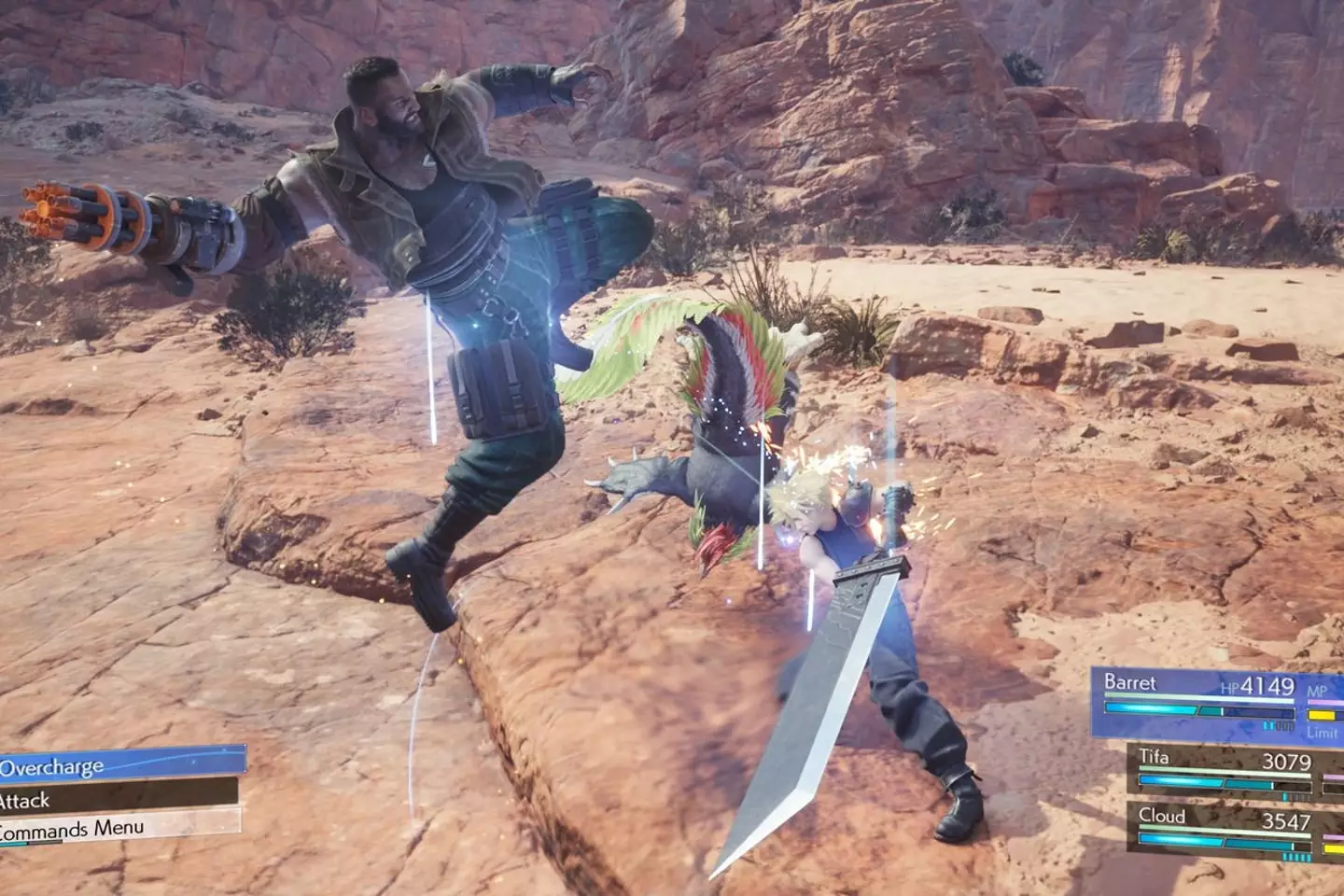
The fighting, as you would expect, plays itself out like Remake. It’s bombastic, flashy, and over-the-top - a mixture of attacks, magic, and abilities. Everything you would expect is in here, plus more abilities that see party members working together in combo attacks that light up the screen and drench you in nostalgic moments. Nothing has been overhauled radically when it comes to combat, you can adjust your equipment as you see fit, and selecting commands in the menu sees the action slow down to give you a chance to think.
Advert
There’s a greater sense of learning about your enemy as you fight, working out what their weaknesses are so that you can take advantage of them and force them into a staggered posture, where you can deliver huge damage.
Folios are the biggest addition to combat. It’s in bookshops and throughout the world that you can access and upgrade your character's folios which in turn unlock new abilities by spending Skill Points (SP). As an example, the game’s tutorial has you unlock a synergy ability with Aerith called Firework Blade, giving Cloud a new ranged attack powered by Aerith’s magic. As you unlock skills, nearby nodes open up and the skill trees expands offering a lot of choice in how you build out each party member. There’s also an opportunity to upgrade your weapons, filling empty nodes on the gear to add in buffs like extra HP or a 5% boost in overall damage.
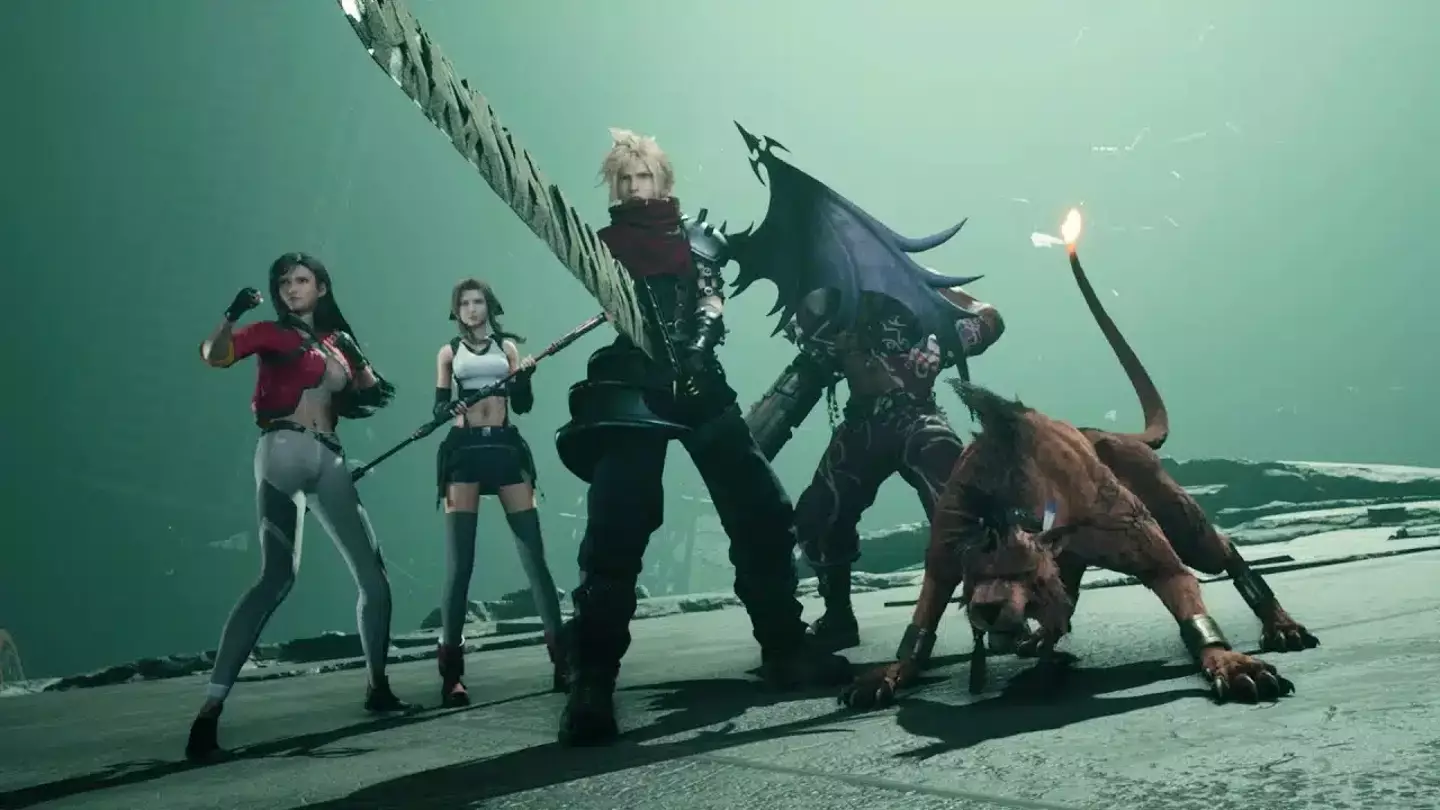
The theme here is to get more intricate with your team and micromanage how each character plays or performs. This will make the party feel more personal to the player. Whereas in the original game, we were given well-rounded characters within the narrative, now we can feel closer to them through building friendships and attitudes, as well as adapting how they battle.
This is the theme for Rebirth generally. The goal is to expand what came before but do it with honour and respect, and what fans have been asking for, for decades. The materia system, for example, is still here, but at one point the characters chat about how it actually works. How do we cast spells using materia? It’s a small question, but one many of us have asked for years. The development team has put thought into every nuance of the game without causing a ‘Star Wars midi-chlorians’ issue of dabbling too much.
Having said that, the love the team has for Final Fantasy VII is seen everywhere. From small characters who were maybe bit-parts previously and are now fully realised, to tropes like Chocobos. On this latter point, yes, our feathered friends are here and you’ll get access to them within chapter two after a bit of wrangling. It’s a good job too as the open world feels massive. I got around 90 minutes with chapter two and barely scratched the surface of this first part of the world.
When I left the preview event and prepared myself to write this up, I asked myself whether the 15-year-old within me would be happy with where the game was. That was my age when I finished my first playthrough of the original - the age when I fell in love with JRPGs and the Final Fantasy series as a whole. The more I thought about what I saw, the more excited I got. It’s like experiencing your personal favourite all over again, losing nothing and gaining so much.
Featured Image Credit: Square EnixTopics: Final Fantasy, Final Fantasy 7, Preview, Square Enix, PlayStation, PlayStation 5
